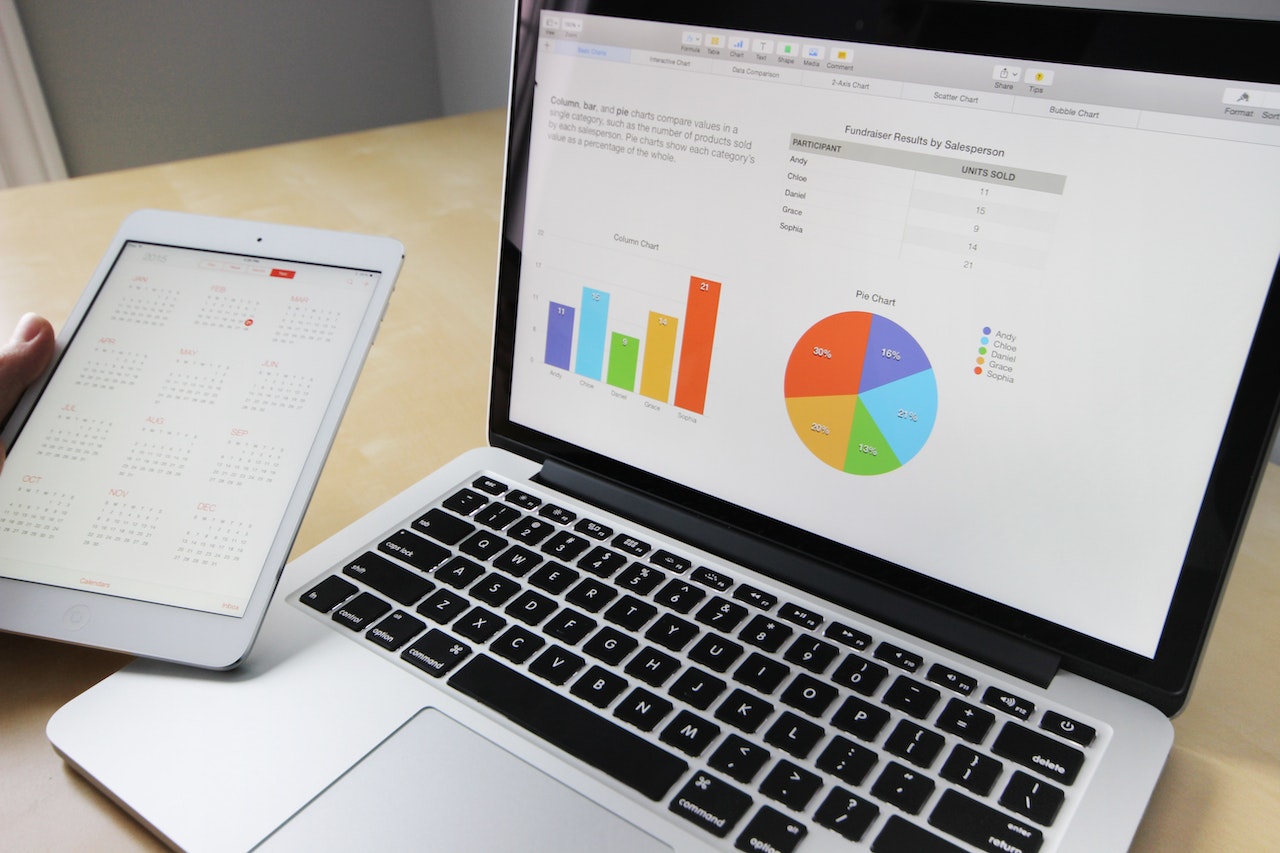In the ever-evolving landscape of healthcare, technology continues to reshape and optimize various processes. One such advancement is the emergence of a zero-touch claims payment system, which revolutionizes the way healthcare providers and payers handle claims processing and reimbursement. This article explores the concept of a zero-touch claims payment system, its benefits, and its potential impact on the healthcare industry.
Understanding a Zero-Touch Claims Payment System:
A zero-touch claims payment system refers to a fully automated process that streamlines the entire claims payment lifecycle, from claim submission to reimbursement. It leverages advanced technologies such as Artificial Intelligence (AI), Robotic Process Automation (RPA), and data analytics to eliminate manual intervention and minimize the need for human involvement. The system uses predefined rules and algorithms to process claims, make payment decisions, and facilitate reimbursement, thereby reducing administrative burdens and improving efficiency.
Advantages of a Zero-Touch Claims Payment System:
- Enhanced Speed and Efficiency: With a zero-touch system, claims processing becomes significantly faster and more efficient. Automation eliminates manual data entry and reduces the time required for claim validation, adjudication, and payment. This leads to quicker reimbursement for healthcare providers and improved cash flow management.
- Increased Accuracy and Compliance: Manual claims processing is susceptible to errors and inconsistencies. By automating the process, a zero-touch system ensures greater accuracy and compliance with regulatory guidelines. Predefined rules and algorithms validate claims based on standardized criteria, minimizing the risk of fraudulent or erroneous payments.
- Cost Reduction: The implementation of a zero-touch claims payment system can result in significant cost savings for healthcare providers and payers. Automation reduces the need for manual labor, eliminates repetitive administrative tasks, and lowers operational expenses. Additionally, by streamlining the process, the system minimizes payment errors, reducing the financial impact of claim rejections and denials.
- Improved Provider-Payer Collaboration: A zero-touch system promotes seamless collaboration between healthcare providers and payers. The automation of claims processing fosters transparency, reduces disputes, and enhances communication and trust between the parties involved. Providers can submit claims electronically, track their status in real-time, and receive timely reimbursement, leading to stronger relationships and streamlined workflows.
- Enhanced Patient Experience: The benefits of a zero-touch claims payment system extend to patients as well. Faster claim processing and reimbursement translate into shorter payment cycles, reducing the financial burden on patients. This, in turn, enhances patient satisfaction and loyalty, contributing to a positive overall healthcare experience.
The Future of Claims Payment:
As the healthcare industry continues to embrace digital transformation, the adoption of zero-touch claims payment systems is expected to increase. Advancements in AI, machine learning, and data analytics will further refine the system, enabling more accurate claims adjudication, improved fraud detection, and sophisticated payment algorithms. Moreover, interoperability among different stakeholders in the healthcare ecosystem will facilitate seamless data exchange and integration, enhancing the efficiency and effectiveness of the claims payment process.
Conclusion:
A zero-touch claims payment system represents a significant advancement in healthcare administration, offering numerous benefits to both healthcare providers and payers. By leveraging automation and advanced technologies, the system streamlines claims processing, accelerates reimbursement, improves accuracy, and reduces costs. As the industry moves towards a more digitized and interconnected future, the adoption of zero-touch claims payment systems will play a pivotal role in enhancing operational efficiency, strengthening collaborations, and ultimately improving the patient experience.





